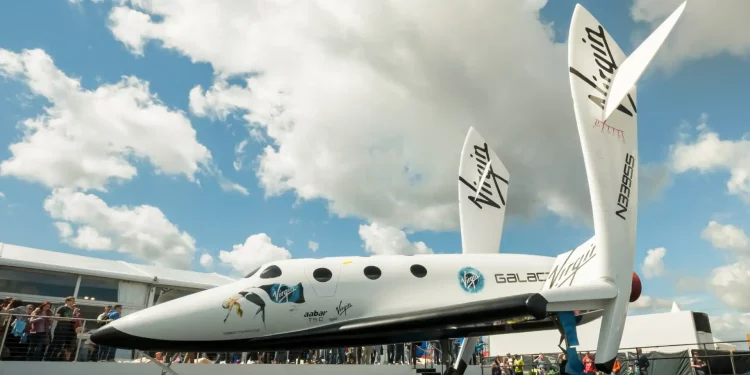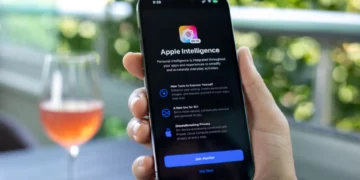The team behind the successful flight has been struggling for years to transition from test flights to commercial flights
Virgin Galactic by Richard Branson finally kicked off space tourism with the launch of its VSS unity rocket plane on Thursday carrying a mother-daughter duo and an 80-year-old former British Olympian. Health and Wellness coach Keisha Schahaff and her daughter Anastatia Mayers, Jon Goodwin, an Olympian canoeist in the 1972 Munich games were joined by commander C.J. Stuckow of Virgin Galactic, chief astronaut trainer Beth Moses, and pilot Kelly Latimer for the sub-orbital space flight.
The views from inside the spacecraft were live-streamed and judging by the visuals, the passengers inside were excited as it reached a maximum altitude of nearly 55 miles, 5 miles above what the Federal Aviation Administration and NASA recognize as the boundary of space. Anastatia Mayers and Keisha Schahaff were the first mother-daughter duo to travel to space together and the first representing the Caribbean Island nation of Antigua and Barbuda in the West Indies. This was also C.J. Stuckow’s record eighth flight to space.
A Major Milestone
For Richard Branson, the billionaire adventurer, and entrepreneur who owns Virgin Galactic, this flight marked an important milestone. The team behind the successful flight has been struggling for years to transition from test flights to commercial flights and give a chance to people willing to pay $450,000 for a ticket to have this once-in-a-lifetime experience. Schahaff in a pre-flight statement mentioned that space is becoming more accessible to people. “The fact that I am here, the first to travel to space from Antigua, shows that space really is becoming more accessible”, stated Schahaff.
The mother-daughter duo won their tickets through a lottery benefiting Space for Humanity, which is a non-profit organisation founded by Dylan Taylor. Goodwin had booked his tickets in 2005 and was diagnosed with Parkinson’s in 2014. But this did not discourage him from going on the Virgin Galactic.
Virgin Galactic Journey Details
Before 11 a.m. EDT, Virgin’s twin-fuselage VMS Eve carrier jet lifted off from its 12,000-foot runway at Spaceport America in the New Mexico desert close to White Sands Missile Range with the Unity spacecraft attached to its wing. Unity was released after the flight climbed an altitude of 45,000 feet. The hybrid motor engine later propelled the ship out of the dense lower atmosphere. The rocket motor shut down when the ship reached a velocity of about three times the speed of the sound. Unity soared upward to a maximum of 54.9 miles.
The crew became weightless, and the passengers could float in the cabin if they wished. The space flight reached back into the Earth’s atmosphere with Unity’s wings ‘feathered’, i.e., swept up above 60 degrees to slow the descent and increase the atmospheric drag. After a traditional orientation of wings rotating back, Unity touched down at Spaceport America.
This was Virgin Galactic’s second commercial mission. The first was on June 29 and carried three Italian Airforce researchers, a company engineer, and two Virgin Galactic pilots. The first time, the space flight touched an altitude of nearly 53 miles. The first flight was chartered by the Italian Government while the latest was by ‘private astronauts’. The official authorities of Virgin Galactic say that nearly 800 are on the waiting list to abroad the company’s spaceplane.
This was also Virgin’s seventh piloted sub-orbital mission since December 2018, which was the company’s initial test flight. Richard Branson and a crew of six members completed the company’s fourth space flight in July 2021. To upgrade the Eve jet carrier, Virgin Galactic launched a fifth piloted test flight with six company employees on May 25 and later did the mission with the Italian research team. Eventually, the company plans to increase the trip by a flight per month.
Blue Origin, which is owned by Jeff Bezos, has offered commercial sub-orbital flights since 2021. The company currently is doing work to resolve a booster problem that bothered an unnerving research mission.

















